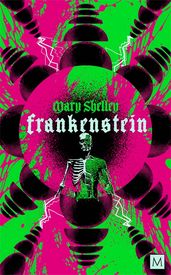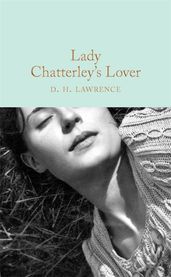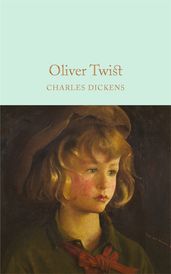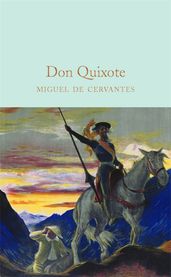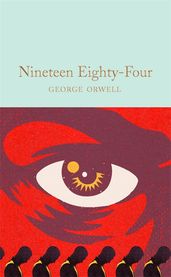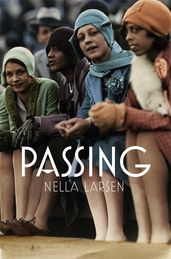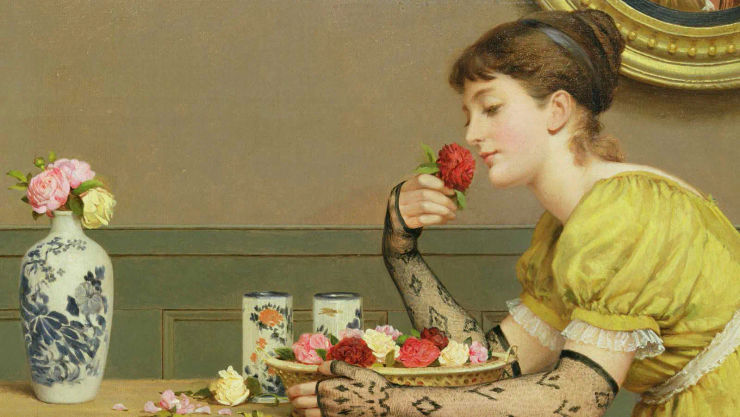What makes a classic?
Classic books persist in thought and discussion long after their original publication. But what is it about them that makes them last?
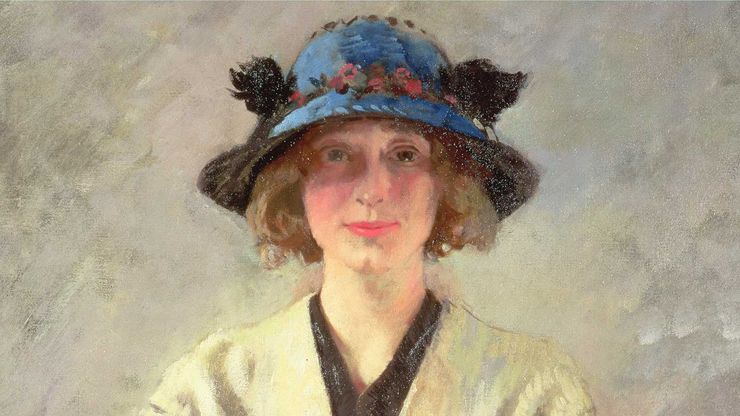
Put simply, a classic novel is a book that has stood the test of time because it’s so good; it has a gripping story which is expertly crafted and brilliantly expressed. But of course, it’s not just about the story. Like any good recipe, there are a number of key ingredients that make a book a classic.
For starters, it will have a certain level of complexity and depth, which enables it to transcend the time in which it was written. A classic brilliantly articulates universal themes – like love, morality, death, adversity – and offers revelatory insight and clarity to readers of any era. It always feels fresh.
A classic novel might be subversive in some way that makes it particularly significant or memorable. It very often portrays a particular time and place in an intensely evocative way. So much so that the books themselves - think of works by F. Scott Fitzgerald or Jane Austen – come to epitomise a particular era and location.
The book may be the first of its kind, impressively inventive, or the most influential example of a particular genre or literary style. Many archetypal characters come from classic fiction, and are developed and reinterpreted still. Conversely it could be one of a kind, and its stunning originality is what endures. In some cases, the ideas and expressions in a novel are so powerful that they become absorbed into our everyday culture.
This is, of course, not an exhaustive list. And not all classics are recognised as such when they first appear. Some books which have all the elements of a classic went virtually unnoticed when they were published or sank into obscurity, probably because the authors’ voices weren't valued. Happily, more and more books are being rediscovered and celebrated as the classics they are, and deserve to be.
Here are eight novels which portray, in different ways, the characteristics of classic fiction.
The one with a gripping plot and universal themes
Frankenstein
by Mary Shelley
Shelley’s ground-breaking novel Frankenstein is, first and foremost, an incredibly gripping story which to this day feels extraordinarily contemporary. Just nineteen years old when she wrote it, Shelley’s ability to encourage readers to think about and question big ideas, such as religion, science and morality, is quite astonishing. With its fine balance between the exploration of complex, thought-provoking universal themes and a suspenseful, action-driven plot, Frankenstein is a timeless classic which will have you on the edge of your seat!
The subversive one
Lady Chatterley's Lover
by D. H. Lawrence
Considered so subversive, this 1929 novel wasn’t published in the UK in its unexpurgated form until 1960. And even then, Penguin Books were taken to court, accused of selling an obscene publication, in one of the most famous trials of all time. Penguin won, the book sold millions of copies and a new, liberal society triumphed over the old establishment who were shocked and enraged by the explicitly told story of a passionate affair between an aristocrat and her gamekeeper. In his most famous novel, D H Lawrence rails against the restrictions of class in an increasingly industrialised society and celebrates sexual freedom and sensuality.
The one which defines a time and a place
Oliver Twist
by Charles Dickens
Picture Victorian London: a gloomy cobbled street; yellow gas lamps glowing through thick fog; mystery and danger hiding around every shadowy corner. For many of us, this picture of Victorian London comes courtesy of Charles Dickens. Take for example Oliver Twist. As we follow the young and vulnerable Oliver through the London slums with sinister criminal Bill Sikes, Dickens artfully immerses us in the city with his vivid and atmospheric descriptions of those perilous streets. In every archetypal depiction of Victorian London, whether that be in literature, film or television, Dickens’ influence is unmistakably present.
The complex, ground-breaking one
Mrs Dalloway
by Virginia Woolf
Bold and experimental, Mrs Dalloway is a landmark of twentieth-century modernist fiction. Defying the boundaries of conventional fiction, the novel, set during one single day, unfolds in a continuous stream of prose. The day begins as Clarissa Dalloway sets off to buy flowers for the party she is to host that evening. Clarissa’s inner voice, her stream of consciousness, flows throughout the book. By the time of the party, her privileged world collides with the heart-breaking suicide of Septimus Warren Smith, a shell-shocked survivor of the Great War. This stylistically complex and adventurous novel is a story about mental fragility skilfully revealed through shifting points of view.
The ones with the archetypal characters
A Study in Scarlet & The Sign of the Four
by Arthur Conan Doyle
Famously, Sherlock Holmes is known for being a genius. He has a knack for spotting details which all others overlook, he can eliminate every scenario until he’s left with the truth and he will stop at nothing until a crime is solved. But who would he be without Dr. Watson? While Holmes is impulsive and brazen, Watson is calm and down-to-earth; he helps Holmes see reason when the great master of detection is blinded by his own brilliance. Arthur Conan Doyle’s unstoppable crime-fighting duo are the template for so many that followed – from Batman and Robin to Inspector Morse and Lewis.
The one that’s a complete one off
Don Quixote
by Miguel de Cervantes
A sprawling epic novel full of adventure and jeopardy, Don Quixote is truly a story like no other. Subversive, unique and ahead of its time, Cervantes challenges ideas of chivalry and popular literary conventions. Bizarre, satirical and incredibly funny, this story of one knight-errant’s travels through sixteenth-century Spain is guaranteed to shock and delight even the most dedicated readers of classic literature. On their perilous journey, Don Quixote and his sidekick Sancho Panza find themselves in all kinds of outlandish situations – it is a fantastically unpredictable and exciting read.
The one we quote from all the time
Nineteen Eighty-Four
by George Orwell
George Orwell’s Nineteen Eighty-Four is one of the most famous and influential novels of the twentieth century. Orwell created his terrifying dystopia after the Second World War, a time of enormous political and social unrest and uncertainty. Orwell imagines a nation ruled by all powerful Big Brother, where the thought police monitor people’s every move and where minds are fed the party line via newspeak and doublethink. Yes, all these phrases and concepts came from Nineteen Eighty-Four and they all still have relevance and resonance in today’s world.
The rediscovered classic
Passing
by Nella Larsen
A dark and subversive story set during the Harlem Renaissance. Irene Redfield is married to a successful physician and enjoys a comfortable life in the black Harlem community. Clare Kendry, in great contrast, passes as white and is married to a white man. As the two women renew their friendship and Clare infiltrates Irene’s world, Clare’s previously well-ordered life is destabilised with dramatic and shocking results. Despite having all the elements of a classic novel, Passing received little attention when it was first published. However its reputation has grown over the years - in 2021 a much lauded film version was released and it was the inspiration for Brit Bennett’s bestselling novel, The Vanishing Half.
